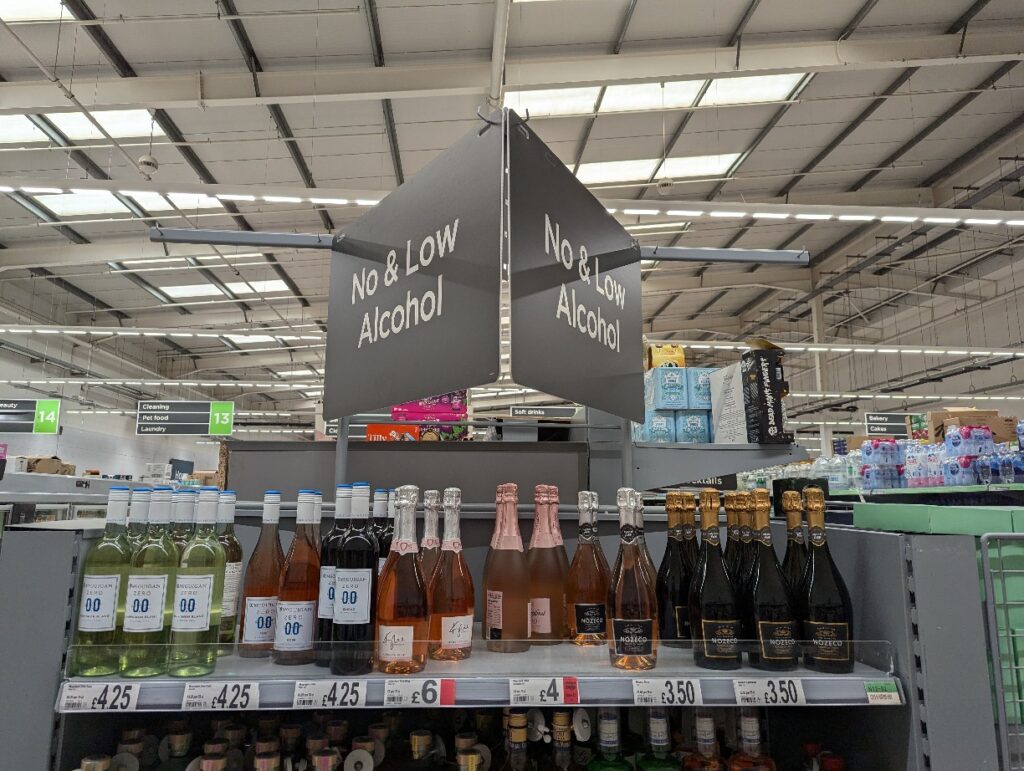
A new study investigates how consumers in Australia, the UK and the US perceive and evaluate non-alcoholic wine. It analyses more than eleven thousand online product reviews covering 326 products sold through major e-commerce platforms, applying sentiment analysis, topic modelling and logistic regression to identify what shapes satisfaction and how perceptions vary across markets and wine styles.
The findings show that consumers are most satisfied when they feel the product offers good value for money and fits with health-led or lifestyle-driven drinking choices. These two factors have the strongest positive influence on satisfaction. Curiosity and expectations also play a role, often improving evaluation when consumers approach the product with an open mind. In contrast, the influence of brand and varietal cues tends to lower satisfaction, suggesting that many well-known wine styles and labels do not perform consistently when adapted into non-alcoholic form. Comparisons with alcoholic wine frequently intensify disappointment, particularly when packaging or labelling draws attention to the absence of alcohol. Higher prices are associated with more positive reviews, although the perception of value matters more than the price itself.
Clear differences emerge between countries. Australian consumers tend to express the most positive views overall, while British consumers show the strongest negative reactions, particularly when faults or weak sensory qualities are evident. The UK market is also more sensitive to shortcomings in lower-priced products. Sensory descriptors reveal that sparkling and rosé non-alcoholic wines are perceived more favourably across markets, likely due to their acidity and effervescence helping to mask the absence of alcohol. Red non-alcoholic wines consistently receive the most negative sentiment, largely due to thin body, weak aroma and lack of complexity.
Overall, the study highlights both the growing opportunity and the challenges faced by non-alcoholic wines. Demand is rising as drinking habits shift and health consciousness increases, but consumer expectations are strongly shaped by experience with traditional wine. The category performs best when it offers distinctive alternative products rather than direct imitations, particularly in sparkling and rosé styles. The research also demonstrates the value of post-purchase online review data for understanding actual consumer experience, rather than stated intentions or controlled tasting responses.













